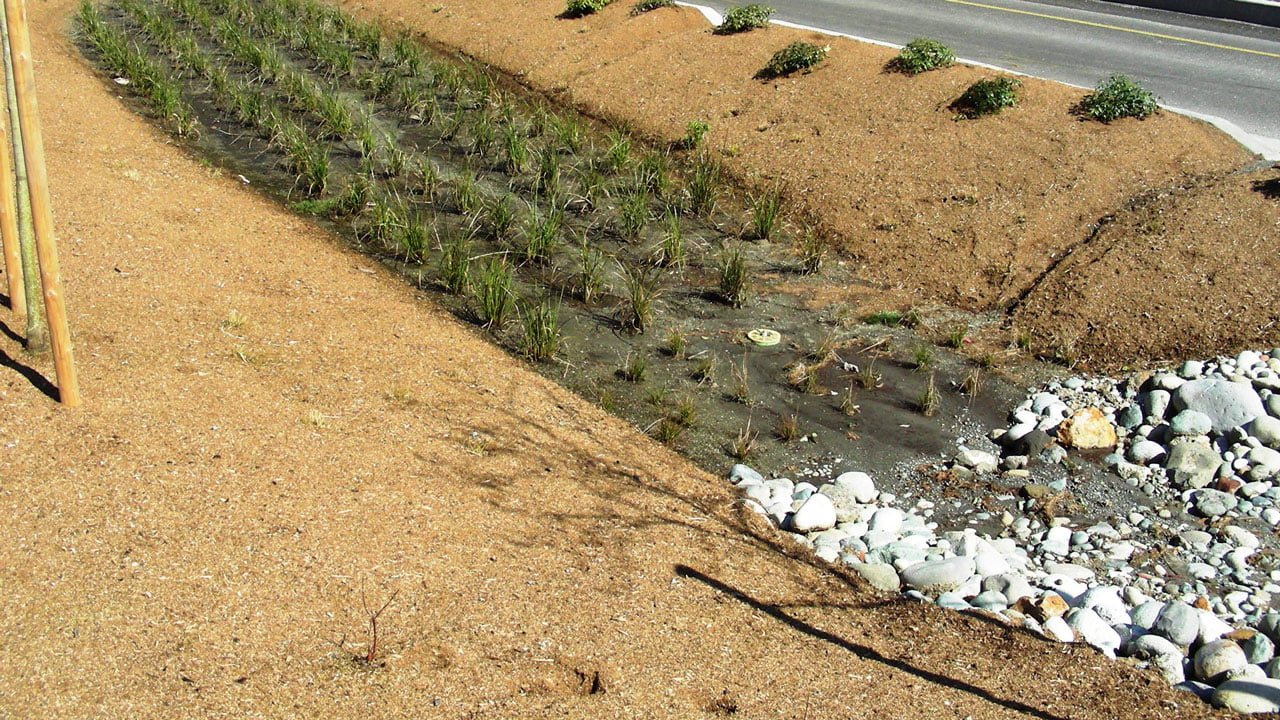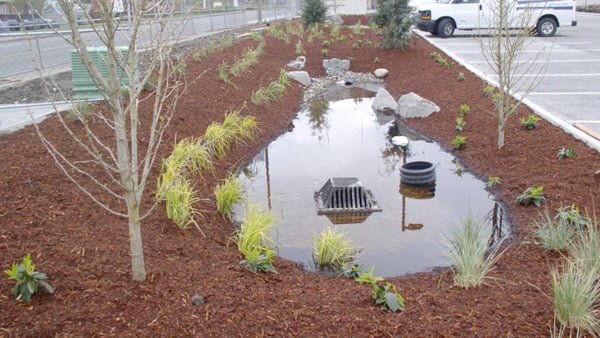Bioretention facilities typically consist of a depression filled with different layers of engineered soil media for water quality treatment purposes, surface ponding, and an overflow control structure. Some have an underdrain; some do not. Some allow infiltration to the native soil under the engineered soil media; some have a liner preventing infiltration.
Bioretention facilities can be complex, and this makes accurately modeling how water travels through the different engineered soil layers more complicated. Since each soil layer has unique soil characteristics, these properties affect how fast the water travels down to the next layer and eventually out of the bioretention system through an underdrain, infiltration to the native soil, or both. This impacts how much storm water runoff ponds on the surface and is available for overflow and discharge and how much runoff is treated.
Bioretention Done Right
This course will discuss how bioretention systems are designed, how different engineered soil media impact the movement of stormwater runoff through the engineered soil layers, and how this is typically modeled. Modeling assumptions, good and bad, will be identified along with their potential impact on bioretention facility sizing and effectiveness in providing water quality treatment.
Whether you are new to bioretention or already an experienced practitioner—and even if you have taken previous iterations of this ever-popular webinar—you will be sure to come away from this course having discovered something new about the many complexities of bioretention facilities and how to accurately model their intricate functions.
Learning Objectives — Upon completion of this course attendees should be able to:
- Describe how bioretention facilities work
- Describe how bioretention facilities are designed
- Determine and list the critical factors in accurately modeling the movement of stormwater runoff through a bioretention facility
- Identify the potential impacts of modeling assumptions on bioretention facility sizing and effectiveness in providing water quality treatment
- Discern the difference between Modeling vs. Monitoring
About Instructor
Course Content






